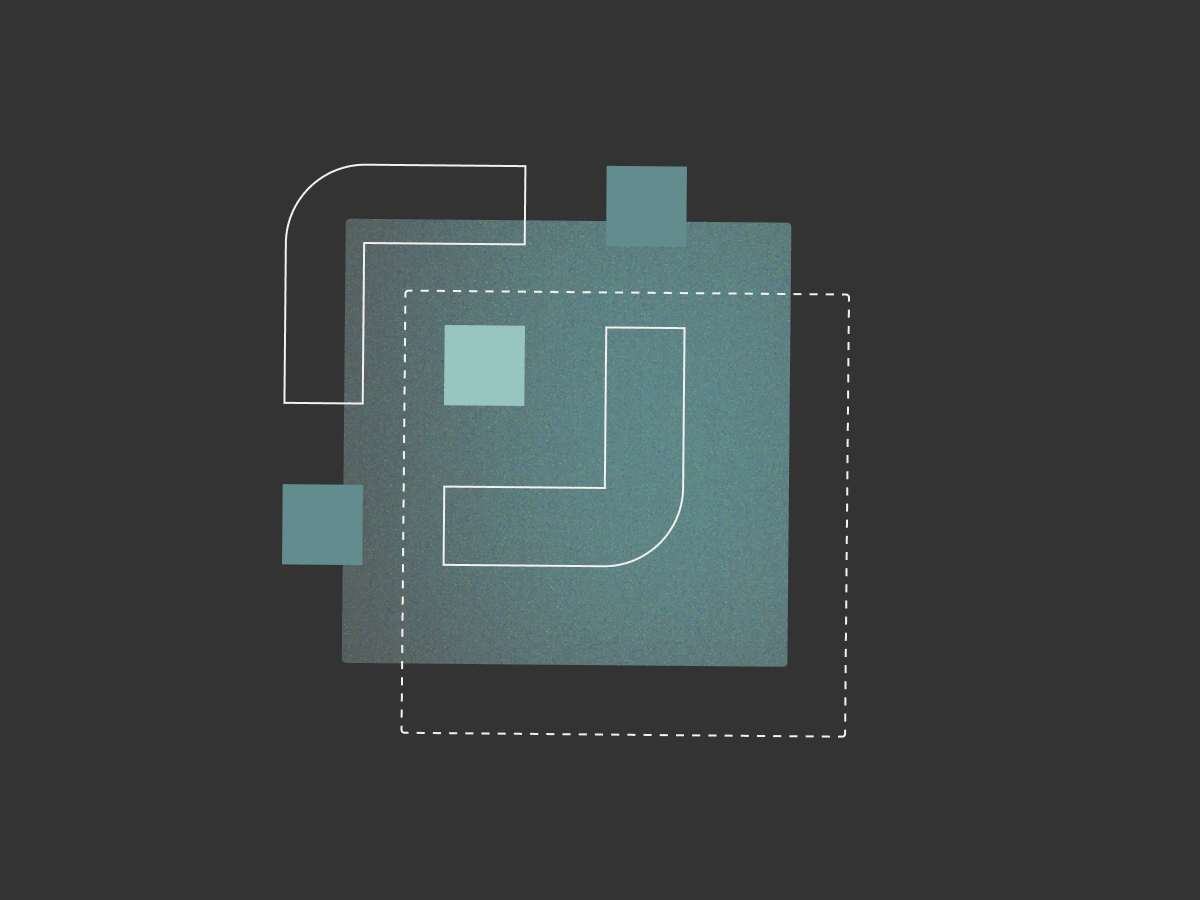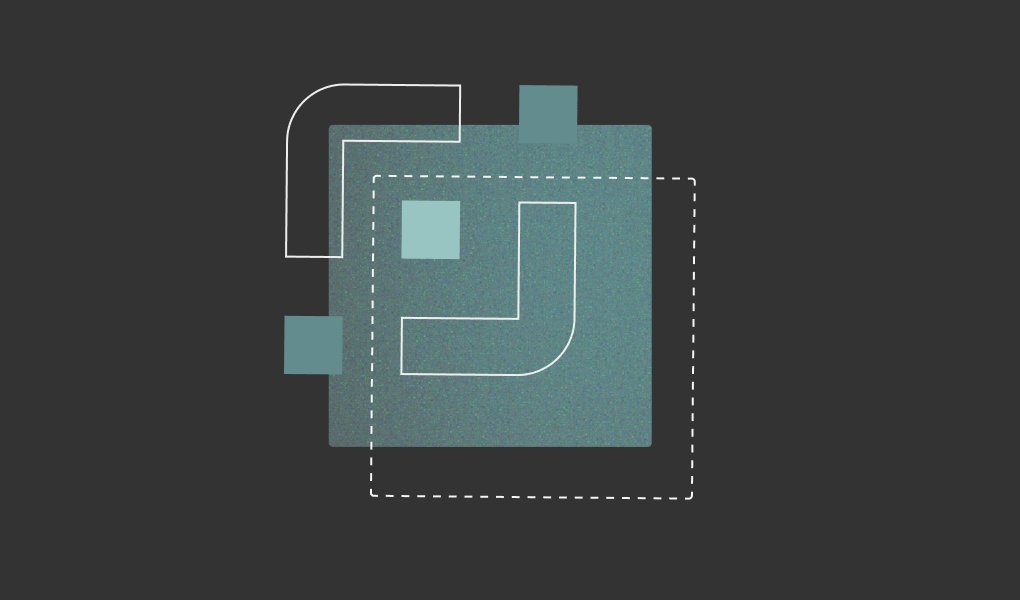What is Google account security?
Google Account Security refers to the practices, settings, and technologies designed to protect a Google account from unauthorized access and misuse. Google accounts are used to access Google services like Gmail, Drive, and identity features, plus access to third party applications used by the company. As a result, these accounts warrant extra attention from security teams.
Why do I need Google account security?
Google account security is critically important in the workplace because each employee’s account is a gateway to sensitive company data, collaborative tools, and internal communication systems. Here’s a detailed breakdown of why securing Google accounts is essential:
Protection of company data
Google accounts often have access to:
- Confidential documents in Google Drive (e.g. financials, strategy, legal contracts)
- Internal emails and sensitive threads (Gmail)
- Shared calendars, project timelines, and meeting links (Calendar)
- Customer and vendor data, including personal or proprietary information
A breach could result in data leaks, legal consequences, and reputational damage.
Prevention of internal threats and unauthorized access
Insecure accounts can become entry points for:
- Phishing attacks that trick employees into revealing login credentials
- Business Email Compromise (BEC) scams, where attackers impersonate executives or partners
- Lateral movement in your organization — once one account is compromised, others are at risk
Avoidance of operational disruptions
If an employee’s Google Workspace account is hacked:
- Access to collaborative tools like Docs, Sheets, Slides, and Chat may be blocked
- Project timelines can stall if files are lost or held ransom
- Colleagues may lose trust or fall victim to spoofed messages from an account
Keeping accounts secure ensures business continuity and team productivity.
Compliance and legal requirements
Many industries are subject to data protection regulations like GDPR and HIPAA. Failing to secure workplace accounts may:
- Violate these regulations
- Trigger audits or fines
- Breach contractual obligations to clients or partners
Strong account security is part of responsible data governance.
IT management and risk reduction
From an IT and cybersecurity perspective:
- Secure accounts reduce the risk surface
- Fewer incidents mean lower costs and less time spent on recovery
- Standardized security policies (e.g. SSO, MFA, device management) make it easier to enforce organization-wide controls
- Security awareness among employees is just as critical as technical defenses.
Google account security in the workplace is not just about protecting one account; it’s about safeguarding the entire organization’s data, operations, and reputation. It minimizes business risk, supports compliance, and enables safe and efficient collaboration.
Does Google offer built-in account security features?
Yes, Google offers a security console that includes many features necessary to protect Google accounts.
What are the limitations of Google’s account security features?
While Google’s account security features are strong, they do have limitations. It’s important to understand these boundaries so you can supplement Google's tools with best practices and external solutions where needed.
Features spread across different areas of the console and APIs
While Google offers many powerful features to manage account security, these features are located across multiple areas of the security console. This makes it time-consuming and manual to do the work required to strengthen account security. Additionally, many security features are accessible only through multiple, siloed APIs. As a result:
- Managing security settings requires broad admin privileges
- Teams have poor visibility into user behavior or data misuse
- Third-party app risks are hard to control
User-dependent settings and adoption
Many of Google’s strongest protections — like two-factor authentication (2FA), recovery options, and security keys — are optional, and users must opt-in and configure them properly. Security is only as strong as its least vigilant user, and the risks include:
- Users failing to turn on MFA
- Weak or reused passwords
- Incomplete recovery setup (e.g., no phone or backup email)
Social engineering and phishing vulnerability
Human error can bypass even strong account protections, which means that Google cannot fully protect against:
- Sophisticated phishing attacks that trick users into providing credentials
- Business email compromise through impersonation
- Distracted or untrained employees
Limited context awareness
Google's system may detect suspicious login attempts and unusual device or location activity
However, it cannot always:
- Distinguish between legitimate access from a shared IP or VPN
- Detect internal misuse (e.g. an employee misusing their own access)
- Flag access from trusted apps that turn malicious
Limited cross-platform visibility
Google can only secure Google-owned services. Once external apps are authorized, Google can’t fully control or audit their behavior.
- If employees use their Google accounts to sign into third-party apps, company data is only as safe as those services.
- OAuth tokens (granted app permissions) are often left unchecked by users.
Advanced threat protection not default for all users
Google offers enhanced tools like:
- Advanced Protection Program
- Context-Aware Access
- Endpoint management
However, advanced features are gated behind role, license, or user action. These features are typically:
- Targeted at enterprise users
- Not turned on by default
- Require administrator oversight
How can I improve my company’s Google account security?
Improving Google account security involves combining technical controls, administrative policies, and employee awareness. Here are steps you can take to make Google Workspace (formerly G Suite) more secure:
Enforce strong authentication
Require Multi-Factor Authentication (MFA)
- Enforce MFA across all users via Google Admin Console.
- Prefer solutions like Google Authenticator, Okta, or physical security keys over SMS.
- For high-risk roles (e.g., executives, IT staff), mandate the Advanced Protection Program.
Enforce strong password policies
- Prohibit reuse of compromised passwords (use Google Password Alert).
- Encourage use of a password manager (e.g. 1Password, Bitwarden, or Google's built-in manager).
Leverage Google Admin Console settings
- Enable security health recommendations
- Set up Context-Aware Access
- Monitor OAuth app access
Audit and monitor user activity
- Review security reports regularly
- Enable login challenge prompts
- Force login revalidation under suspicious activity or device change
Educate and empower your team
Run security awareness training
- Teach phishing detection, password hygiene, and device security.
- Include simulations of phishing and fake login pages.
Publish clear security guidelines
- Make it easy for people to understand how to stay secure
- Make documentation easy to find
- Include security training during onboarding
Document best practices for:
- Device use (laptops, smartphones)
- Accessing work email off-network
- Working with confidential documents
Add third-party tools to strengthen security
The work of managing Google account security can be manual and time consuming. Consider adding third party software that ties together key aspects of Google Workspace security and reduces the amount of manual work required from your security team.
How does Material Security strengthen Google account security?
Material Security integrates directly with Google via API, helping to streamline and operationalize the processes and procedures involved in a robust Google account security strategy. Material helps secure accounts so the data in Gmail, shared Drives, and MyDrives is protected. Material’s detection and response capabilities speed and automate the remediation process when risk or misconfiguration is detected.
Material brings together functionality that would otherwise only be available through stitching together multiple aspects of Google’s APIs, providing a single view of risk within Google Workspace. Secure email, protect files, and strengthen account posture all within a single platform.
Why do companies choose Material for Google account security?
Material offers a modern approach to security within Google Workspace.
Out of the box visibility into risk
After connecting Material to Google Workspace (a simple, 10-minute process), users have instant visibility into risky configurations and behaviors across Google accounts. This out-of-the-box functionality means that teams don’t need to spend time manually configuring and tuning the platform before protections are active. Risks like MFA gaps, overly permissive group settings, and risky auto-forwarding rules are all revealed without manual intervention.
Automatic remediation workflows
Once a risk is identified, a single click is all it takes to toggle on a remediation workflow. Material gives security teams the flexibility to opt for standard workflows or customize the remediation to match their organization’s risk profile. Employees receive notifications when an alert is enough to trigger a behavior change, or settings can be automatically fixed behind-the-scenes. When no automation is available due to limitations in Google’s APIs, Material provides step-by-step instructions on how to fix the account settings.
Operationalize security across areas of Google Workspace
Material brings together multiple aspects of Google Workspace security into a single platform. Policy management becomes modular and centralized, eliminating the need for manual spot checks and audits. Plus, role-based access controls (RBAC) mean that the right team members have the right level of access to do their jobs – no more admin over-permissioning needed to get the job done.
Holistic coverage
Material combines Google account security with Google Drive DLP coverage and comprehensive Gmail security that works before, during, and after a breach. Within the same platform, security teams can understand risk across Gmail, Drive, and account settings, letting them say goodbye to toggling between applications and areas of the security console.
Proactive protection
Material identifies risk across Google Workspace and ties together anomalous activity to provide a clear picture of the risk associated with specific accounts. By triangulating signals across email, files, and accounts, the platform can highlight serious risks that emerge when multiple less-urgent risk factors combine.
Works with any tier of Google Workspace
Because Material connects directly to Google Workspace via APIs, it doesn’t require a higher tier of Workspace to use all the features. This gives companies the option to enhance their Google Workspace security without locking into a higher tier of Workspace subscription.
How are companies using Material for Google account security?
Companies that want to strengthen their approach to Google Workspace security are seeing real results from working with Material. Here are just a few examples of how customers use Material for Google account security:
- Headway went from ad-hoc security audits to always-on detection and response for Google account security issues
- Alto implemented a plug-and-play solution to extend MFA protection and secure Google accounts
- SavvyMoney monitors and controls third-party app usage connected to Google accounts
Try Material Security today
Strong account security starts with knowing what’s misconfigured today. Take the Google Workspace Scorecard to benchmark your Workspace setup and get a short list of the most impactful improvements.
Contact us to learn more and get a free risk assessment.




.png)